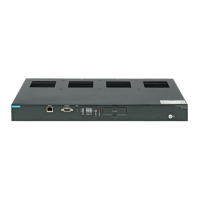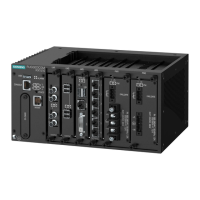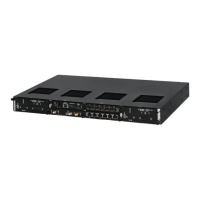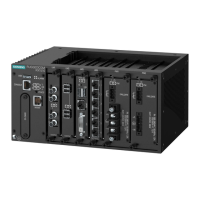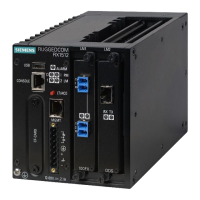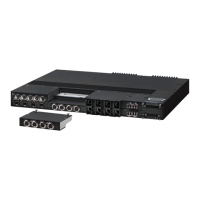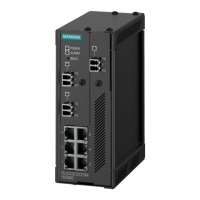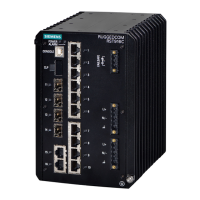RUGGEDCOM ROX II
User Guide
Chapter 1
Introduction
Features and Benefits 1
Introduction
Welcome to the RUGGEDCOM ROX II (Rugged Operating System on Linux®) v2.6 User Guide for the RX1500.
This document details how to configure the RX1500 via the ROX II Web interface. ROX II also features a
Command Line Interface (CLI), which is described in a separate User Guide.
IMPORTANT!
This User Guide describes all features of ROX II, but some features can only be configured through the
Command Line Interface (CLI). This is indicated throughout the User Guide where applicable.
The following sections provide more detail about ROX II:
• Section 1.1, “Features and Benefits”
• Section 1.2, “Feature Keys”
• Section 1.3, “Security Recommendations”
• Section 1.4, “Available Services by Port”
• Section 1.5, “User Permissions”
Section 1.1
Features and Benefits
Feature support in ROX II is driven by feature keys that unlock feature levels. For more information about feature
keys, refer to Section 1.2, “Feature Keys”.
The following describes the many features available in ROX II and their benefits:
• Cyber Security
Cyber security is an urgent issue in many industries where advanced automation and communications
networks play a crucial role in mission critical applications and where high reliability is of paramount
importance. Key ROX II features that address security issues at the local area network level include:
Passwords Multi-level user passwords secures against unauthorized configuration
SSH/SSL Extends capability of password protection to add encryption of passwords and data as
they cross the network
Enable/Disable Ports Capability to disable ports so that traffic cannot pass
802.1Q VLAN Provides the ability to logically segregate traffic between predefined ports on switches
SNMPv3 Encrypted authentication and access security
HTTPS For secure access to the Web interface
Firewall Integrated stateful firewall provides protected network zones
VPN/IPSEC Allows creation of secure encrypted and authenticated tunnels
• Enhanced Rapid Spanning Tree Protocol (eRSTP)™
Siemens's eRSTP allows the creation of fault-tolerant ring and mesh Ethernet networks that incorporate
redundant links that are pruned to prevent loops. eRSTP implements both STP and RSTP to promote
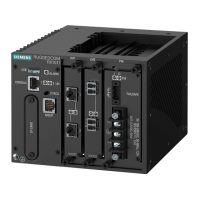
